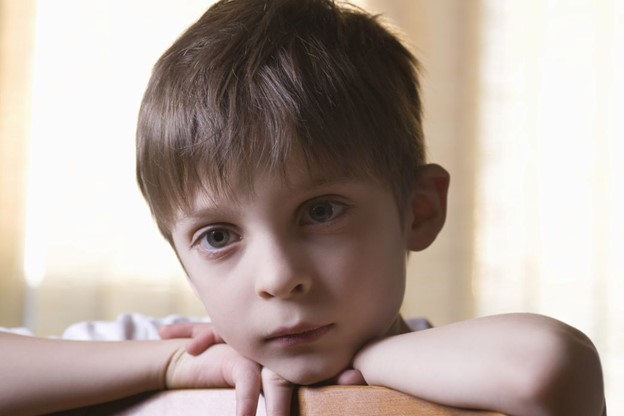Dear mama, is your child twelve months old and doesn’t utter a single word? Doesn’t blabber? Doesn’t respond with a smile to you?
These delays in cognitive, language and social skills are enough to raise a concern regarding autism spectrum disorder and should be screened by a healthcare professional.
What is Autism?
Autism spectrum disorder (ASD) is a neurodevelopmental disorder characterized by deficits in social awareness & communication, and it includes the presence of restricted interests and repetitive behaviors. The developing brain of the baby is influenced by both genetic and environmental factors.
How common is it?
The World Health Organization (WHO) estimates the international occurrence of ASD at 0.76%, which is approximately 16% of the global child population.
What are the risk factors involved?
Early genetic and environmental insults to the developing brain affect the cognitive & communicative abilities of the child.
The following are the major risk factors implicated in autism:
- Genetic risk factors: The genetic risk may be evident prenatally or postnatally in a child, such as:
- Siblings of patients with ASD carry a higher risk of a similar diagnosis.
- Monozygotic twins are usually both affected by autism.
- Hodges H, Fealko C, Soares N. Autism spectrum disorder: definition, epidemiology, causes, and clinical evaluation. Transl Pediatr. 2020 Feb;9(Suppl 1):S55-S65. DOI: 10.21037/tp.2019.09.09. PMID: 32206584; PMCID: PMC7082249.
- Walsh CA, Morrow EM, Rubenstein JL. Autism and brain development. Cell. 2008 Oct 31;135(3):396-400. doi: 10.1016/j.cell.2008.10.015. PMID: 18984148; PMCID: PMC2701104.
- Gillberg C. Neurodevelopmental processes and psychological functioning in autism. Dev Psychopathol. 1999 Summer;11(3):567-87. DOI: 10.1017/s0954579499002217. PMID: 10532625.
- Hill EL, Frith U. Understanding autism: insights from mind and brain. Philos Trans R Soc Lond B Biol Sci. 2003 Feb 28;358(1430):281-9. DOI: 10.1098/rstb.2002.1209. PMID: 12639326; PMCID: PMC1693123.
- Maternal risk factors: Recent investigations have shown potential maternal risk factors associated with autism, such as,
- Advanced maternal and paternal age.
- Maternal histories of autoimmune diseases, such as diabetes, thyroid disease, or psoriasis.
- Maternal infection or immune activation in pregnancy.
What are the signs and symptoms of autism?
The symptoms of autism are variable from one child to another, not only in presentation but also in severity. Your doctor may recommend developmental tests to identify if your child has the following:
- Unresponsiveness to commands.
- Strange facial expressions while talking.
- Very brief or no eye contact at all whilst having a conversation.
- Not being able to understand the point of view of others.
- Talking and laughing in an unusual tone of voice.
- Not being able to express themselves emotionally.
- Repeating a word many times in a sentence.
- Extreme mood shifts due to slight changes in the routine.
- Irritable behavior.
- Showing too much interest in useless details.
What are the co-morbidities?
In the past, rates of co-morbid intellectual disability (ID) in patients with autism were reported to be as high as 50% to 70%. This explains the delay in cognitive skills and social interactions. Other common co-occurring medical conditions are gastrointestinal (GI) disorders, sleep disorders, obesity, seizures, anxiety, attention-deficit/hyperactivity disorder (ADHD), obsessive-compulsive disorder, and mood disorders.
An insight from mamahood
Autism is a developmental disorder with no clear biomarkers or diagnostic testing. Genetic evaluation and clinical features are the primary diagnostic tools. While genetics play a great role in autism, the clinical expression of signs and symptoms remains variable from person to person. Clinical evaluation begins with the developmental screening of the pediatric population, any child who is identified to be at risk should be referred to a specialist for further neuropsychological assessment. Children with ASD should also be screened for common co-morbid diseases, as they are very commonly found and can regress their quality of life if left untreated for a long period of time








